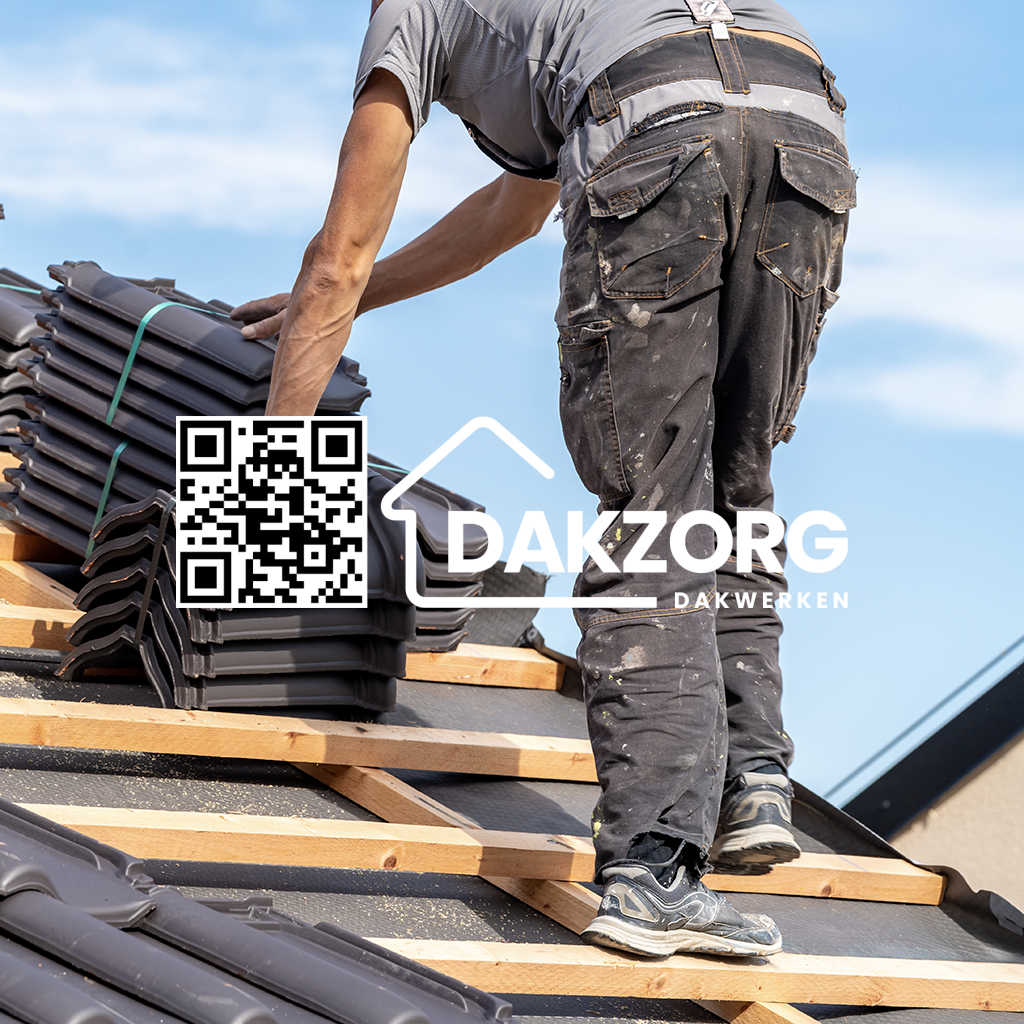Introduction
The Netherlands, with its iconic windmills, tulip fields, and intricate canal systems, is a country steeped in rich cultural heritage. One of the country's lesser-known architectural marvels lies not at ground level but above—on the rooftops. This article delves into Cultural Influences on Dutch Rooftop Design Across Regions, exploring how historical context, regional customs, and environmental factors shape the rooftops we see across this diverse nation. From the innovative green roofs of urban centers to traditional gabled structures in rural areas, rooftop design reflects the unique identity of each region.
Cultural Influences on Dutch Rooftop Design Across Regions
The Historical Context: A Foundation for Design
The history of Dutch architecture provides a backdrop against which rooftop design evolved. In the Middle Ages, buildings were constructed with steeply pitched roofs to facilitate drainage and prevent snow accumulation. Over time, these functional aspects intertwined with aesthetic considerations.
Gabled Roofs: A Symbol of Tradition
In many rural regions, traditional gabled roofs are prevalent. These structures often feature ornate decorations and are built to resist harsh weather conditions. The choice of materials—like thatched or tiled roofing—also speaks volumes about local culture.
Rooftop Gardens: A Modern Twist
Contrastingly, modern urban settings have embraced green roofs as a response to climate change and urbanization challenges. These spaces not only enhance biodiversity but also offer respite from city life.
Regional Variations in Rooftop Designs
Amsterdam: A Blend of Old and New
Amsterdam's rooftops are an eclectic mix of historical charm and contemporary innovation. The distinct narrow houses often boast elaborate gables that add character to the skyline.
Canal Houses: Architectural Marvels
Canal houses in Amsterdam feature large windows that open onto balconies—perfect for enjoying views over the water. The design here reflects both functionality and a desire for connection with nature.

Rotterdam: The City of Modernism
Rotterdam is synonymous with modern architecture. With its innovative designs like cube houses (Kubuswoningen), rooftop aesthetics here lean towards experimental forms that challenge conventional norms.
Green Innovations: Sustainability at Its Core
Many rooftops in Rotterdam incorporate solar panels and green spaces as part of their design philosophy—a nod to sustainable living.
Rooftops in Rural Areas: Tradition Meets Functionality
Friesland: Traditional Thatched Roofs
In Friesland, you'll find homes adorned with traditional roofing contractor thatched roofs that exemplify local craftsmanship. These roofs are designed for insulation and durability while maintaining a rustic charm.
Communal Spaces: Rooftops as Social Hubs
Rural rooftops often serve as gathering places where communities come together for social events or simply enjoy the picturesque views that their surroundings offer.
Zeeland: Weather-Resilient Designs
In coastal Zeeland, building designs have adapted to withstand strong winds and salty air. Here, flat roofs with drainage systems are common, reflecting practical adaptations influenced by geography.
Environmental Factors Shaping Rooftop Design
Climate Considerations: Adapting to Nature
Dutch rooftops must contend with a variety of climate factors—from heavy rainfall to strong winds—and these conditions significantly influence design choices across regions.
Water Management Solutions: The Role of Drainage Systems
Effective drainage systems integrated into rooftop designs help manage stormwater runoff—a crucial aspect given the Netherlands' position below sea level.
The Role of Art and Culture in Roofing Styles
Artistic Expressions: Murals and Sculptures on Rooftops
In some areas, rooftops become canvases for artistic expression; murals or sculptures may adorn these spaces as a reflection of local culture or community pride.
Festivals and Celebrations: How They Influence Design Trends
Seasonal festivals may prompt temporary modifications to rooftops—think colorful decorations during King's Day—which can lead to lasting influences on design preferences.
Innovative Materials Used in Dutch Rooftop Construction
Sustainable Materials Taking Center Stage
The push for sustainability has led architects in the Netherlands to explore eco-friendly materials such as reclaimed wood or recycled metals for roofing projects.
Thermal Efficiency: Insulation Techniques That Matter
Modern insulation techniques play a vital role in enhancing energy efficiency within buildings—a critical consideration given rising energy costs globally.

The Future of Dutch Rooftop Design: Trends on the Horizon?
Smart Roofing Technologies: Embracing Innovation
As technology advances, smart roofing solutions equipped with sensors for climate monitoring are becoming more commonplace across Dutch cities.
Urban Planning Policies Encouraging Green Spaces
Local governments are increasingly implementing policies promoting green roof installations as part of urban development projects—an exciting direction for future designs!

FAQs
What defines traditional Dutch rooftop design?- Traditional Dutch rooftops often feature gabled shapes with steep pitches designed for water drainage; they may include decorative elements reflecting local craftsmanship.
- Different climates necessitate specific design adaptations; for instance, coastal areas may utilize flat roofs capable of handling salty air while rural regions might favor thatched roofs for insulation.
- Green roofs contribute significantly to sustainability efforts by providing natural insulation, reducing rainwater runoff, and promoting biodiversity in urban settings.
- Yes! Local municipalities typically have guidelines regarding materials used and structural requirements aimed at ensuring safety and sustainability.
- Consider using eco-friendly materials, integrating green spaces or gardens, installing solar panels, and ensuring proper drainage systems are established.
- Communal spaces foster community engagement by providing residents opportunities to gather socially while enjoying shared outdoor experiences atop their buildings.
Conclusion
Cultural Influences on Dutch Rooftop Design Across Regions reveal not just architectural trends but also insights into social values and environmental responsibilities ingrained within Dutch society. From traditional gabled constructions echoing centuries-old craftsmanship to cutting-edge green innovations addressing present-day challenges, each region offers unique perspectives worth celebrating. Understanding these influences enriches our appreciation not only for architecture but also for the cultural narratives woven into every structure we encounter.
As we look ahead toward future developments shaped by technology and sustainability considerations, one thing remains clear—the rooftops will continue telling stories reflective of their time while adapting to new challenges along the way!